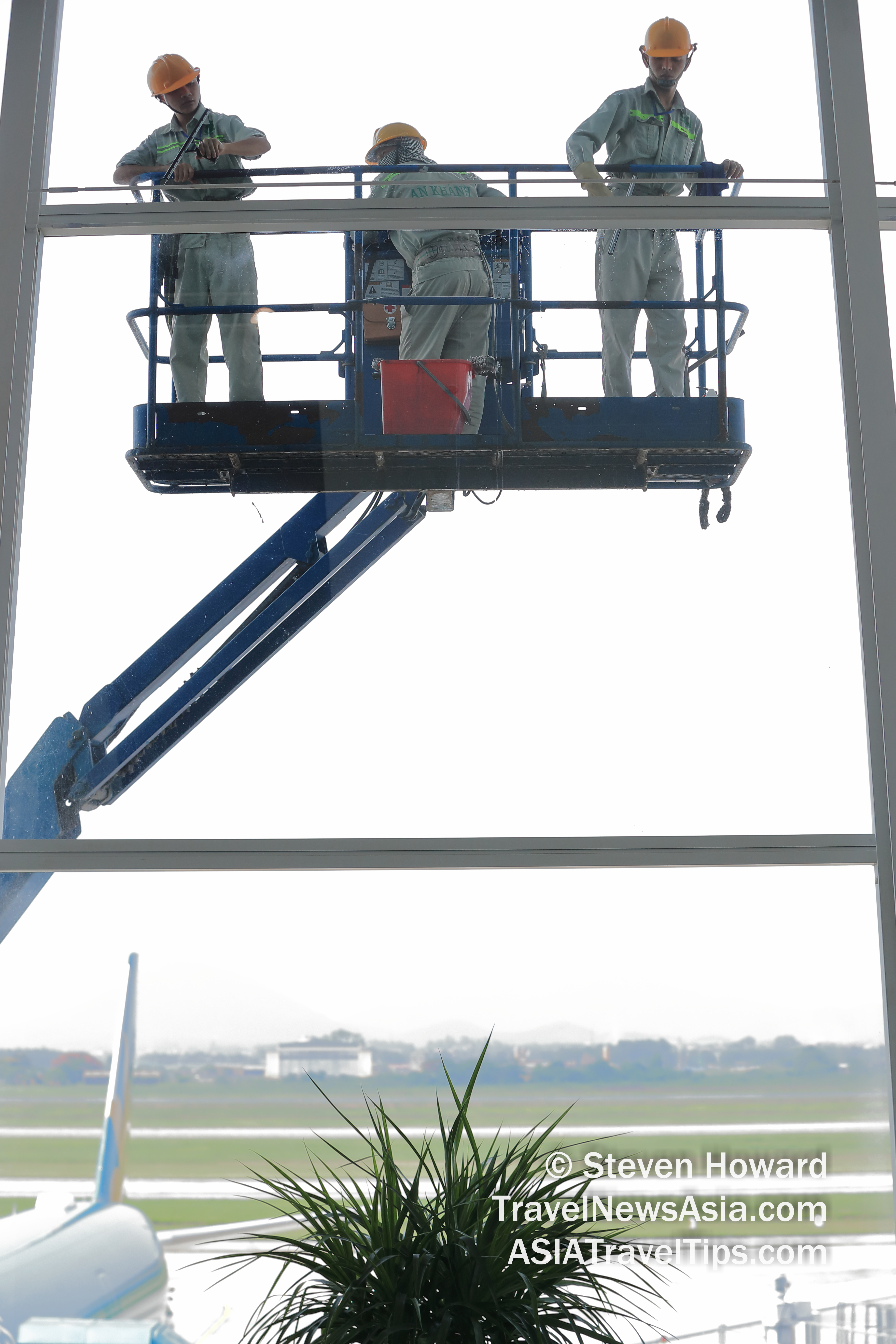|
Growing traveler expectations, an ever-increasing
number of passengers and a need for personalization means that
more and more airports are beginning to prioritize frictionless
travel.
Plus, with so much competition for each passenger,
the evolution and expansion of airline routes, and growth in
non-aeronautical revenues, key players in the industry are
rethinking how airports need to operate in the future.
To better understand how to manage these
pressures, Amadeus has spoken with leaders in the travel industry
to hear which trends they believe will shape the airport of the
future.

Automation: According to IATA, the Asia-Pacific region is estimated to receive an
additional 2.1 billion annual passengers by 2036. To address this
rise in passenger numbers, airport operators will increasingly
look to automation to extract more capacity out of existing
infrastructure.
Dr Thomas Landgrebe, Senior Software Engineer, ICM
Airport Technics, an Amadeus company, said, �Automation of services will facilitate a smoother
flow of passengers in, through and around the airport, easing
congestion. They also offer a more personalized service in the
process. For example, automatic bag drops allow passengers to
retrieve their booking biometrically instead of using a boarding
pass, saving valuable seconds that would otherwise compound as
hundreds of passengers check their bags onto flights. Less
congestion across these touchpoints will allow the airport of the
future to become more experiential, offering passengers more time
to explore retail and entertainment options throughout the
terminal.�
Off-Site Services: Advances in technology are facilitating greater
opportunities for off-site passenger handling. Many airports and
travel stakeholders are using the cloud to enable pop-up check-in
and baggage drop services.
Matt Lee, CEO of OACIS, said, �To cope with the rising passenger numbers,
airports will have to use cloud-based technology to alleviate the
congestion of passenger processing. We�ve been using the cloud to
roll out our �pop-up� check-in kiosks, which we can deploy in any
location that�s convenient for the passenger. The main benefit
being these are scalable according to demand, and require no new
infrastructure investment. In the future, we�re going to see
off-airport services become the norm, while check-in halls are
reduced and repurposed.�
Biometrics: Investment in biometric technologies will rise as
airports look to increase throughput, while streamlining the
passenger journey, creating a frictionless experience at every
touchpoint.
Faisal Ariff, Founder and CEO of BorderPass, said, �As other airport processes are becoming more
modernized and efficient; processes around the airport, such as
security, are beginning to develop bottle necks throughout the
terminal. In fact, we�re seeing some travelers choose flights
based on queuing times. Fortunately, the uptake of biometric
technology has the ability to ease the pressure across multiple
touchpoints around the airport. We�ve seen airports already
exploring and trialing biometrics. The industry needs to continue
to test and innovate the technology to create seamless experiences
for all travelers.�
Greener Airports: An increasing concern for the global
travel industry is the carbon footprint left by all travel
stakeholders. In response to public pressure, the stakeholders are
exploring ways to offset emissions and become more environmentally
sustainable.
Sarah Samuel, Head of Airport IT, Amadeus, Asia
Pacific, said, �Cloud technology presents the industry with a
method to dramatically reduce emissions. Airports run servers and
data centers through the terminal which are consuming a large
amount of electricity. The cloud allows airports to remove the
energy consuming hardware and centralize this, meaning airports
have the ability to significantly reduce their carbon emissions.�
Scalability: The cloud enables airports to be more flexible, scaling
operations up or down based on demand. At peak times, such as
public holidays, festivals, or national sporting events,
additional passenger handling services can be rolled out quickly
and without the need for any fixed infrastructure, as systems
connect via the internet.
Andy C Bien, Chief Information Officer, Hong Kong
Airport, said, �Digitally transforming to create a new airport
experience is a common goal for many airports. This can be
achieved using the cloud. We�ve been using the cloud to deploy iCUSS
check-in kiosks, allowing passengers to check-in from locations
outside of the terminal, such as train platforms, hotels or
convention centers. By using the cloud we�re able to completely
revolutionize our airport experience and alleviate the challenges
of the customer journey.�
See also:
How Technology is Shaping Airports of the Future.
See latest
Travel News,
Interviews,
Podcasts
and other
news regarding:
Airports,
Future,
Airports.
|
Headlines: |
|
|
